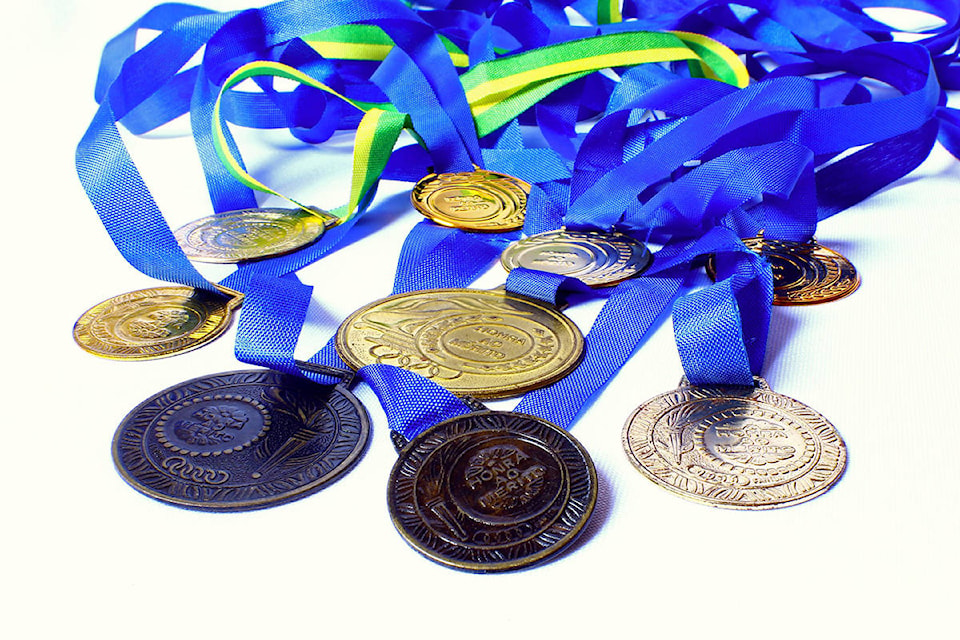Canada has had a strong medal showing at the 2018 Winter Olympics in PyeongChang, South Korea — and the games are not yet over.
So far, Canadian athletes have won medals in freestyle skiing, figure skating, short track, snowboard, speed skating, luge, bobsleigh and curling. The games began Feb. 9 and continue to Feb. 25.
These medals come at a significant cost.
For the athletes, participating at the games requires intense training for many years.
Justin Kripps of Summerland, a bobsleigh athlete who won gold in the two-man event, has been involved in his sport since 2006 and is at his third Olympics.
Other athletes have trained for their sports since childhood.
But an Olympic presence is not just the result of athletic training and effort.
It also takes money to send athletes to the Olympics.
The federal government’s Own The Podium funding is providing $75,261,545 for athletes going to the games.
This dollar figure is significant, but so is the Canadian presence at the games.
Canada sent 225 athletes to the 2018 Winter Olympics, more than any other country except the United States.
In addition, athletes have also received sponsorships and funding from other sources.
For example, Kripps is sponsored through RBC. Summerland Pharmasave also contributes to Kripps’s Olympic efforts.
In previous years, there were also other community efforts to raise money to help Kripps, and before that time, when Summerland freestyle skier Kristi Richards was pursuing her Olympic dreams, businesses and organizations in the community also worked to help her financially.
At the Winter Olympics, Canada is seen as a dominant force, and this is a reputation worth celebrating.
But the cost of training and sending athletes to the games must also be considered.
Olympic medals are not free.
